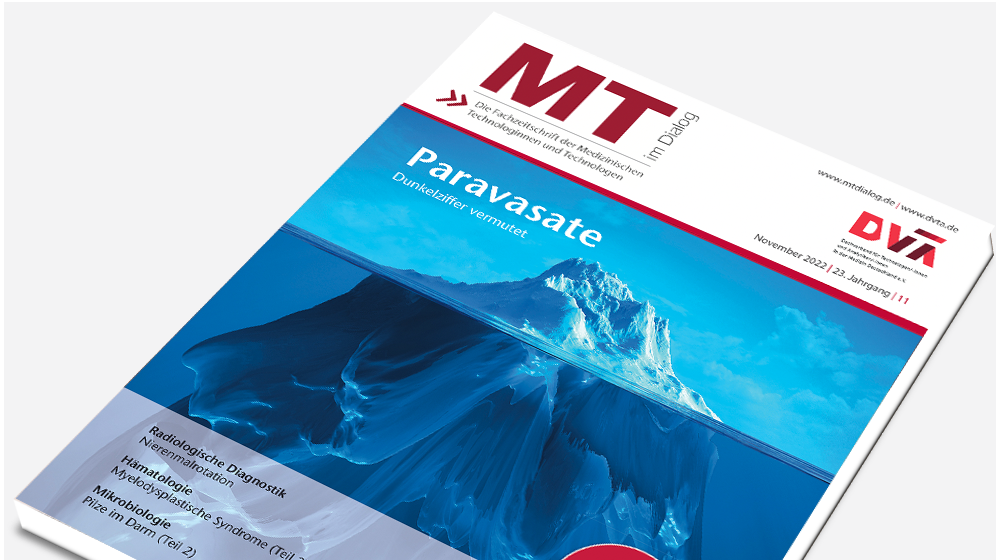When do I need a blood culture?
A few bacteria may enter the bloodstream (bacteremia), in case of a localized infection, but they are usually not sufficient to cause symptoms of a sepsis (septicemia). If an animal is supposed to have septicemia, a blood culture is ordered by the veterinarian surgery. In most cases of septicemia the animal develops high temperature. Bacteria may as well enter the blood stream from infections in soft tissues, from contaminated intravenous lines, like those used for hyperalimentation, or from simple surgical procedures. In animals, the most common microbes causing septicemia are gram-negative rods, such as E. coli or Aerobacter species, which can enter the bloodstream. Staphylococcus aureus may also cause septicemia. The lab procedures of the blood analyses…
Dann nutzen Sie jetzt unser Probe-Abonnement mit 3 Ausgaben zum Kennenlernpreis von € 19,90.
Jetzt Abonnent werden

